In today’s digital era, technology has no doubt played an integral role in the success of businesses.
As businesses continue to expand and grow big, the need for efficient software solutions becomes increasingly important.

As more and more of our work translates online, companies are looking towards the best software to get maximum productivity from their employees.
From something as simple as time management to something as complex as project management, data analysis, and accounts management, the right software can streamline operations, and boost productivity.
However, finding the right tool for your business can be challenging – especially since the needs of small and large companies can be very different.
In this article, we are going to dwell into what types of software are helpful for large businesses, providing you with the clear knowledge and insight necessary to make informed decisions about which software to choose and which ones to avoid.
the fundamental difference between small business and large business

Words like ‘large’ and ‘small’ can be vague. How large is a large business? Let’s try to define them.
Technically, an enterprise that has more than 250 people in it, can be classified as a large business. In the US, this classification is done based on if their annual receipts exceed $7 million, irrespective of the number of employees.
We don’t really have a definition for what’s the minimum viable small business. It can be as low as 5 employees!
But even for two similar businesses operating within the same market area, the number of employees makes a significant difference in how operations are handled.
Some basic things that can vary are:
✅ Structure
This refers to the hierarchy and legal structure of the company. The legal structure will determine who are the owners of each department, heads, managers, and so on.
It allows for accountability in case the business goes into debt or performs below average in a quarter.
Hierarchy-wise, smaller businesses may need solid demarcation along the bottom lines. Larger businesses also have additional responsibilities such as SEC filings.
✅ Financing
Smaller businesses rely on less formal methods of financing. This can include the founder’s own savings, loans from banks, relatives, or friends.
Larger, established businesses can source money from investors or venture capitalists, as well as opt for funding raising. They can also choose to make a segment of their stocks available for public trading.
✅ Target Customers
Larger enterprises are able to branch out and target multiple market segments. They might offer a variety of services and products under different names and open multiple branches to conduct operations.
Whereas smaller companies tend to focus on a specific niche and market segment. Often, specific niches are dominated by one type of enterprise or the other.
Do Small businesses need the same software as large corporations?

Imagine a person trying to navigate a small boat versus a person trying to navigate a large ship.
While both need to stay afloat and reach their desired destination, the approach they take and the tools they use can differ a lot.
Just like a small boat may not need the same complex navigational instruments and safety instruments as a large ship, small businesses may not require the same software as large corporations.
Small businesses may not have complex needs and may solve issues with simpler software solutions
On the other hand, large corporations may need more robust software systems to manage every market it operates in.
They may also need to buy software for things like distribution management or enterprise resource planning or business management software, which smaller companies don’t need dedicated tools for.
Smaller companies’ decision-making needs to account for sudden upsurges or down surges in employees, lower-cost plans, and a flowing hierarchy.
Many cloud software is now available for free to small businesses with less than 5 or 10 employees.
These can be a great stepping stone for businesses looking to level up while keeping operational costs to the minimum.
Kindly note that it’s never about using the same software just because a large company is using it; rather finding the right software that will help achieve our unique objectives.
What types of software are helpful for large businesses?

The software can be of two types – regular operational software such as those that help with project management or time tracking, or specialized software that is industry dependent – such as hospital inbound patient tracking tools.
Here, we’re going to look at some of the most used software in business operational software that any large enterprise can benefit from.
▌Project and Training Management Software

Project management or Business management software is a powerful tool that allows project managers and teams to plan, organize, track, and collaborate on projects.
Project managers can streamline their workflows, visually follow up on all their projects, allocate resources, compute timelines, and track the overall workflow.
Project management software typically includes features such as task management, project scheduling, team collaboration, time tracking, budgeting, and reporting.
It provides a central location for all project-related data and communication, making it easier for team members to stay on the same page and work together towards a common goal.
They can also track progress, identify potential issues, and make adjustments as needed to ensure the project stays on track.
In addition, project management software can help improve communication and collaboration among team members by providing a platform for sharing files, commenting on tasks, and discussing project-related issues.
This can lead to increased efficiency, better decision-making, and ultimately, a successful project completion.
Training management software is a digital e-learning platform that streamlines the process of organizing, delivering and tracking employee training and development activities.
It provides a centralized location for managing all aspects of the training process, from scheduling and delivering courses to tracking employee progress and evaluating training effectiveness.
Training management software typically includes features such as course scheduling, course cataloging, registration and enrollment, training delivery, assessment and evaluation, reporting, and certification management.
One of the key benefits of training management software is that it can save time and reduce the administrative burden associated with managing training activities manually.
It automates many of the tasks and allows training managers to create and manage training programs, assign courses to employees, and track their progress and completion of training activities.
KEY BENEFITS
- At-a-glance understanding of project timeline and progress
- Help with allocating resources – both financial and manpower
- Identifying and mitigating potential project risks
- Daily tracking of everyone’s tasks and updates
- Smoother collaboration within teams and transparency of the process
- Single source of data for tracking projects
- Can receive analytics and instrumentation for every project
▌Accounting and Audit Management Software

Accounting management software is a digital tool that helps businesses manage their financial information and processes.
It simplifies boring bookkeeping tasks and allows companies to keep track of all their financial transactions, starting from reimbursements to employee payments to vendor receipts.
The software can also help automate tasks such as invoicing, bank reconciliation, and financial reporting, which can save businesses time and reduce the risk of errors.
Audit Management Software provides a centralized location for managing audit planning, execution, and reporting.
With the audit management tool, users can create audits for the same. It’s best to opt for tools that allow for both accounting and auditing, as it’s easier to transfer receipts and create audits for the same.
I personally felt that an audit management tool provides a standardized approach to audit management, ensuring that audit activities are consistent and in line with organizational objectives.
This can help identify areas for improvement, mitigate risks, and enhance the overall quality of organizational operations.
Nowadays, we have auditing tools that use AI to read hardcopy receipts and create a single online repository for all receipts.
In the end, one can use them to generate the year’s or quarter’s financial statement, comply with existing audit guidelines of an area or even analyze the various avenues the company is spending at.
These types of analyses can be important for the company to decide where to invest its resources in the next quarter.
KEY BENEFITS
- Management of invoices, billing, and all financial transactions
- Setting up automated bill payments to avoid late dues
- Inventory management
- Tax and regulation compliance
- Reports and analytics to look back and plan better
- Bank reconciliation
- Eliminate errors in the audit
▌Time Tracking Software

As the name suggests, time-tracking software can help capture the individual contribution of employees (time-wise) across each project.
This is especially beneficial for corporations that deal with freelancers or contract workers who are billed by the hour.
These tools often contain integrations that can simultaneously calculate hourly wages, schedule shifts, and generate invoices for them.
With time-tracking software, individuals and organizations can easily track the time spent on various tasks and projects throughout the day.
This can help identify areas of inefficiency and improve productivity by allowing users to optimize their time usage.
It can also help individuals and organizations monitor project progress and ensure that tasks are completed within the allotted time.
You can also create prediction reports of how much a specific job would require based on the time allocated.
KEY BENEFITS
- Manage shifts and billing invoices
- Tracking of contractors and the projects they are working on
- Visibility into employee’s time usage
- Most allow one to track time across devices and IDs
- View the total time spent on any project at a glance
- Compare initial time allocation vs. actual time spent on a project
- Predictions can help prioritize time and cost across projects
▌Quality Management Software

As is clear by the name, Quality management software is the tool that helps organizations manage and improve their quality control processes.
This software is primarily essential for a product or manufacturing-based company.
Quality management software can track the overall quality of a product by documenting the quality checks performed on any product.
It provides a centralized platform for managing quality-related activities, such as document control, process control, audit management, and corrective action tracking.
Quality management software can help organizations streamline their quality management processes, reduce errors, and improve overall quality control.
They can track the total incoming orders, calculate the manufacturing capability required, and track whether the product has undergone testing, fulfilled ISO requirements, undergone auditing, or any other custom process.
KEY BENEFITS
- Mitigates risk by ensuring all products pass the required tests
- Improve overall customer satisfaction as a result and help with early risk management
- More efficient use of resources, less wastage for paper-based documentation
- Accountability and commitment from employees who participate in the tool
- These tools allow for the addition of custom processes, hence you can change the requirements to anything from ISO to FDA to CE.
▌Issue Management Software

Issue management software is similar to project management tools but is more granular and limited to managing issues that crop up rather than documenting the entire scope of the project.
It helps organizations track, manage, and resolve issues related to their operations or projects.
It provides a centralized platform for logging and prioritizing issues, assigning them to team members, and tracking progress toward resolution.
They are commonly used by developers, QA testers, and product managers to capture any additional changes or issues.
Anyone from the team can view the pending issues, and see the overall progress on them.
It creates a single point where one can identify and track problems.
KEY BENEFITS
- Improved communication among stakeholders, especially in projects requiring cross-team collaboration
- Accountability for every problem as every issue can be assigned to individuals or teams
- Easier rerouting of time and resources based on the current stage
- A single place to document ongoing work and pending tasks lead to smarter task delegation
- Create workflows
▌Customer Service Software

Customer service can often be what makes disgruntled users return to a particular company or abandon it.
Customer service software can help with the proper management of incoming issues or requests, and their delegation to various customer service representatives.
It provides a centralized platform for managing customer interactions, such as inquiries, complaints, and support requests.
It also allows the reps access to various resources that they need to feel empowered in solving customer problems.
A good tool will also double as a time tracker that documents the timely and call-wise commitments of each rep.
These tools offer multiple automation that one can use to reduce manual efforts such as routing calls to available employees, tracking conversions, and permission management.
KEY BENEFITS
- Streamline the process of self-service with AI and custom flows that can divert users towards IVRs or other resources.
- Enable remote or contract workers to act as customer reps
- Automatic delegation of incoming requests based on pre-set conditions
- Track the total hours or calls attended by each employee
- Track the level of customer satisfaction for every request
▌Customer Relationship Management (CRM) Software

Customer Relationship Management (CRM) is a very crucial business application software that helps organizations manage their interactions with customers throughout the customer journey.
This is what builds a relationship between the company and the customer.
CRMs usually help with lead generation and nurturing.
It provides a unified platform for managing customer data, such as contact information, purchase history, and communication preferences.
This means you can use them to document pretty much every communication with a customer starting from automated emails, to calls and messages.
This can be a lot of data, which is what CRMs help to manage by creating different customer segments and groups to target. You can also integrate CRM with other tools like email automation services to better capitalize on leads.
KEY BENEFITS
- Store details of every communication with every customer
- Consolidate customers into various segments based on things like buying power, age, area, etc.
- Analyze the current customer database to figure out the best sales and other strategies
- Get in-depth analytics about your consumer base
- Use automation to reach out to customers at the right time
Conclusion
In conclusion, it’s not rocket science to see that large corporations do need some pricey software for small tasks also. This is due to the large number of people working there.
And larger the number of people, the larger would be the cost of managing their output.
You see, it’s not only about the hefty packages, they know how to make sure you justify your salary.
And software does just that!
For corporations, business application software can help manage large amounts of data (be it user data, accounts, or timelines) and get important insights that can improve your workflow and planning.
Most tools come with free and enterprise versions so that various organization sizes can use them.
You can also use evaluation or trial periods to figure out which works best for your specific needs.






![How to Monetize a Newsletter [5 Super-Easy Ways]](https://growthfolder.com/wp-content/uploads/2023/07/How-to-Monetize-a-Newsletter-768x415.webp)